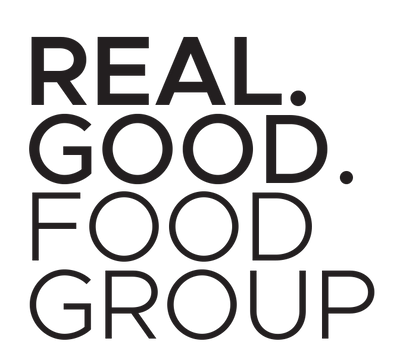Understanding E Numbers in Food: What You Need to Know
When you pick up a processed food item, you might notice a series of numbers prefixed by the letter "E" on the ingredient list. These are known as E numbers, and they represent food additives that have been approved for use within the European Union. While they are often surrounded by controversy and confusion, understanding E numbers can help you make informed choices about the foods you consume.
What Are E Numbers?
E numbers are codes for substances used as food additives. They are designed to enhance the flavour, texture, colour, and shelf life of food products. The "E" stands for "Europe," indicating that these additives have been evaluated and authorised by the European Food Safety Authority (EFSA).
Categories of E Numbers
E numbers can be categorised based on their functions:
1. Colouring Agents (E100–E199): These additives are used to enhance or restore colour in foods. For example, E100 (Curcumin) gives a yellow hue, while E160a (Carotene) adds an orange colour.
2. Preservatives (E200–E299): These help extend the shelf life of food by preventing spoilage. E202 (Sorbic Acid) is commonly used in cheese and baked goods.
3. Antioxidants (E300–E399): These prevent oxidation, which can lead to rancidity. E300 (Ascorbic Acid, or Vitamin C) is a well-known antioxidant.
4. Emulsifiers and Stabilisers (E400–E499): These help mix ingredients that normally don't combine well, like oil and water. E471 (Mono- and Diglycerides of Fatty Acids) is a common emulsifier.
5. Thickeners (E400–E499): These give foods a desired texture. E412 (Guar Gum) is often used in sauces and dressings.
6. Sweeteners (E950–E969): These provide sweetness without the calories of sugar. E951 (Aspartame) is a popular artificial sweetener.
Are E Numbers Safe?
The use of E numbers is heavily regulated in Europe. Before an additive can receive an E number, it must undergo rigorous testing for safety. This includes assessments of its potential health effects and an evaluation of its long-term impact.
However, some individuals may experience sensitivities to certain additives. For example, E621 (Monosodium Glutamate, or MSG) is often cited as a trigger for headaches in sensitive individuals. It's important to listen to your body and consult a healthcare professional if you have concerns.
Common Misconceptions
1. All E Numbers Are Bad: This is a common myth. While some additives may have negative effects, many E numbers are safe and even beneficial, like vitamins and minerals.
2. E Numbers Indicate Artificial Ingredients: Not all E numbers are synthetic. Many come from natural sources. For example, E101 (Riboflavin) is a naturally occurring vitamin.
3. E Numbers Are Only in Processed Foods: While more prevalent in processed foods, E numbers can also be found in some natural products, such as cheeses and certain juices, where additives are used for preservation.
Making Informed Choices to navigate the world of E numbers:
Read Labels: Familiarise yourself with E numbers and their functions. This can help you identify which additives you’re comfortable with.
Research: Look into specific E numbers if you have concerns. Many resources provide detailed information on the safety and use of food additives.
Choose Whole Foods: When in doubt, opting for whole, unprocessed foods can minimise your exposure to additives.
E numbers may seem daunting, but they play a significant role in the food industry. By understanding what they are and how they work, you can make more informed dietary choices. Remember, knowledge is power—so arm yourself with information about what you eat and why!
Food Additive List ALPHABETICALLY



